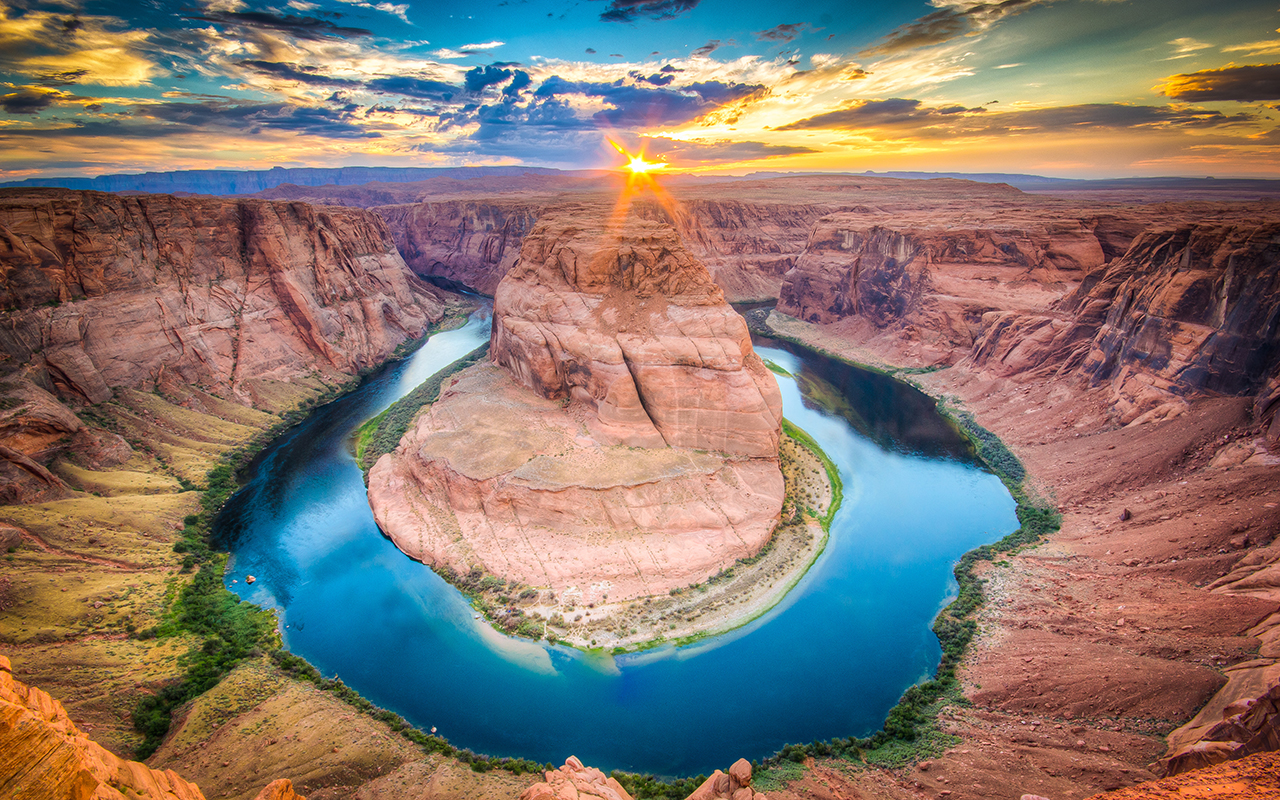
Rivers have long shaped the identity of the United States, carving its landscapes and sustaining its people. They form natural borders, fuel commerce, provide pathways for travel, and offer countless opportunities for recreation. Winding through farmlands, cities, and untouched wilderness, these waterways are lifelines for communities and ecosystems alike. Join us as we explore 30 of the most gorgeous rivers that flow through the heart of America.
Kenai River
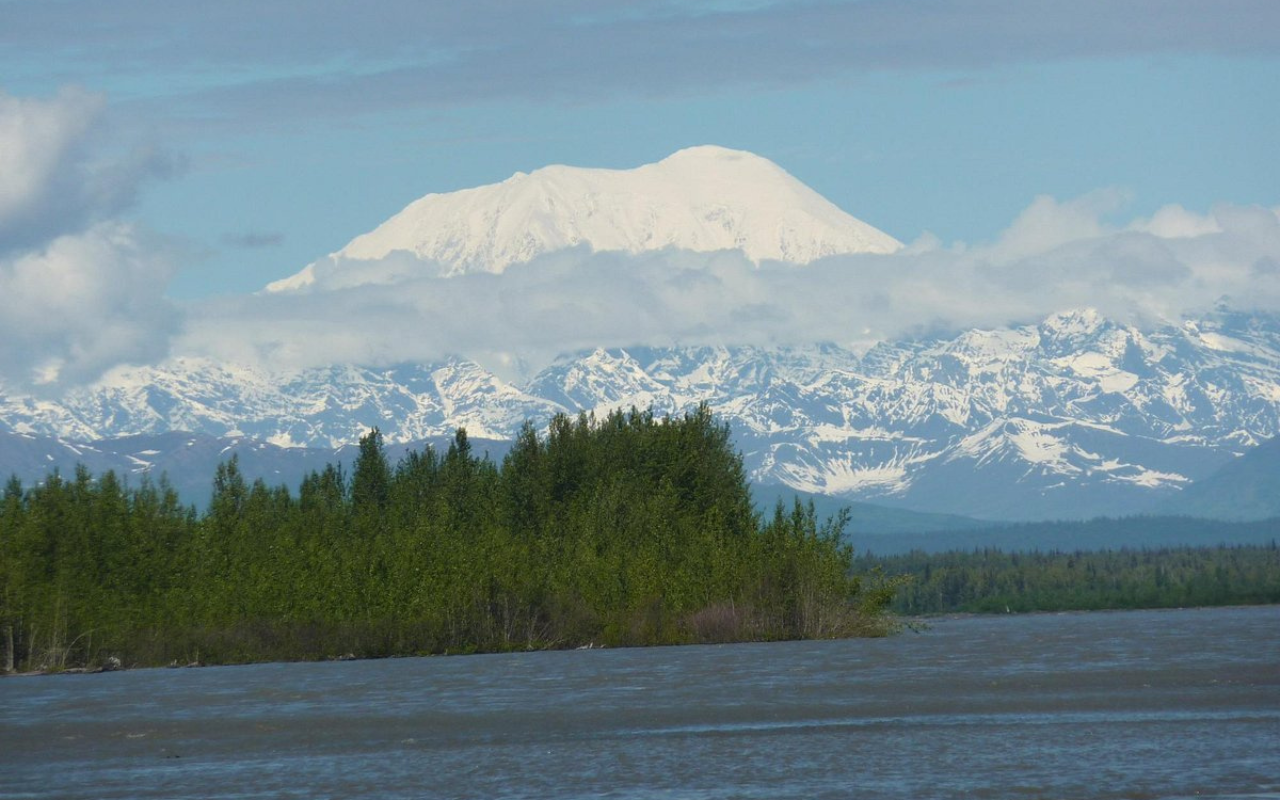
The Kenai River runs through southern Alaska and is known for Pacific salmon and rainbow trout fishing. It is surrounded by some of the United States’ most stunning and pristine wilderness. Since the river is glacier-fed, it is a sparkling turquoise color, which only adds to its beauty.
Loxahatchee River
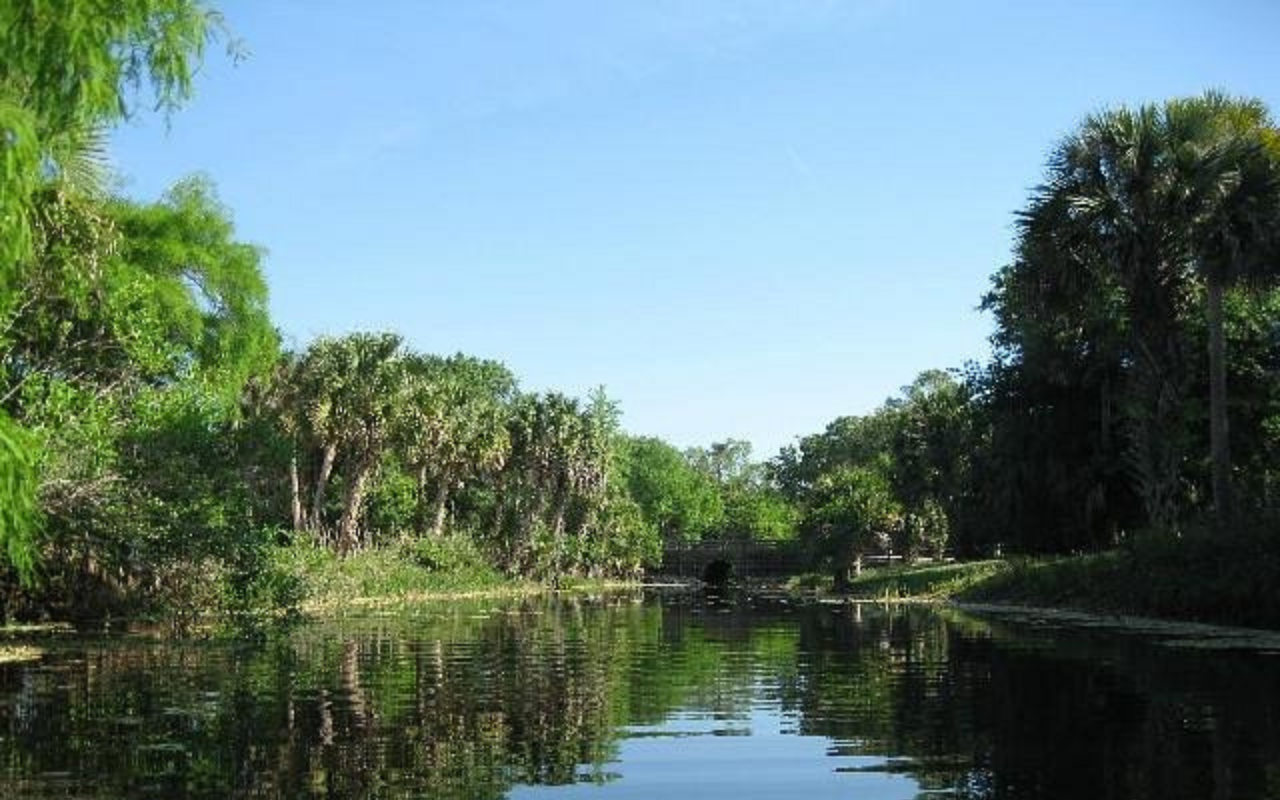
At 7.6 miles, the Loxahatchee River is certainly not the longest in the U.S., but it definitely ranks among the prettiest. It runs from Palm Beach County and eventually empties into the Atlantic Ocean. It is popular among canoeists, paddlers, and rowers.
Rio Grande River
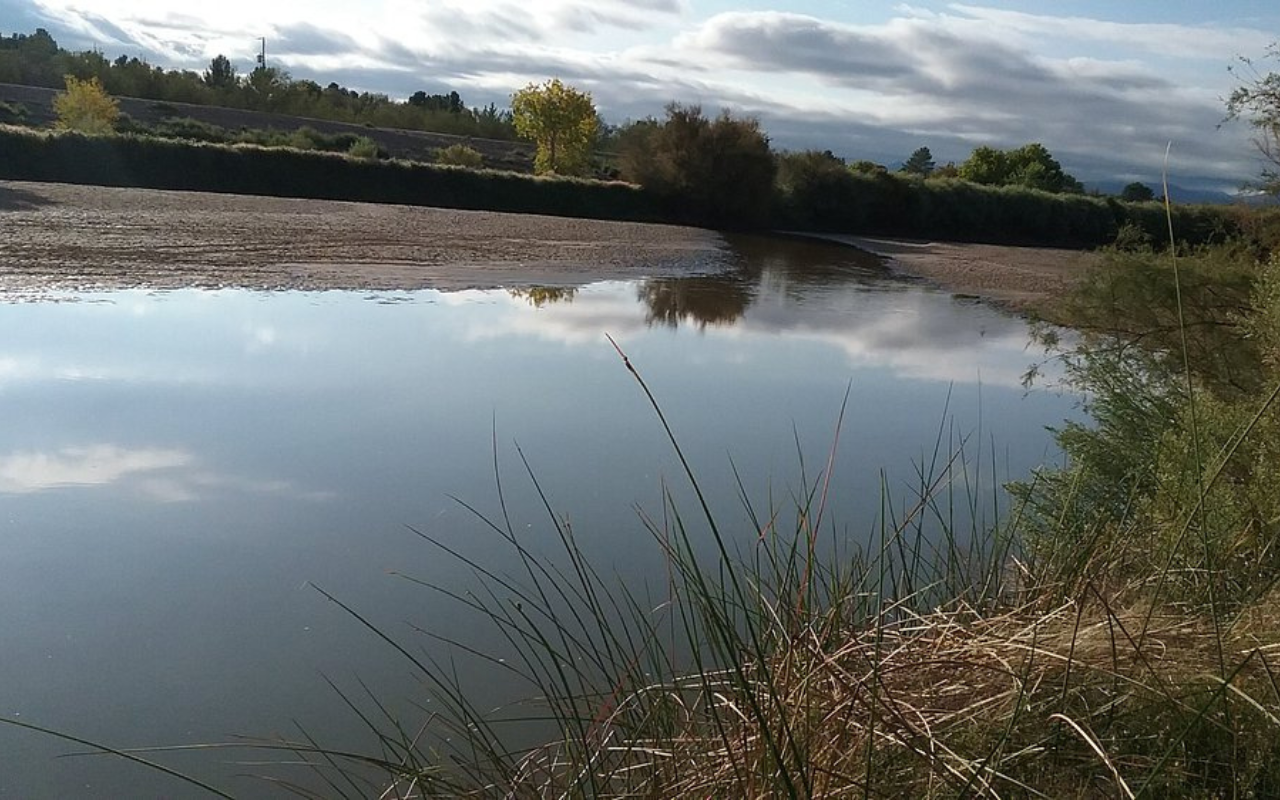
The western U.S. is home to the Rio Grande River. It runs from Colorado, helps to shape the U.S.-Mexico border, and then finds its way to the Gulf of Mexico. Much of its banks are protected by federal law, running through a beautiful wilderness area and many canyons on its journey.
Mississippi River
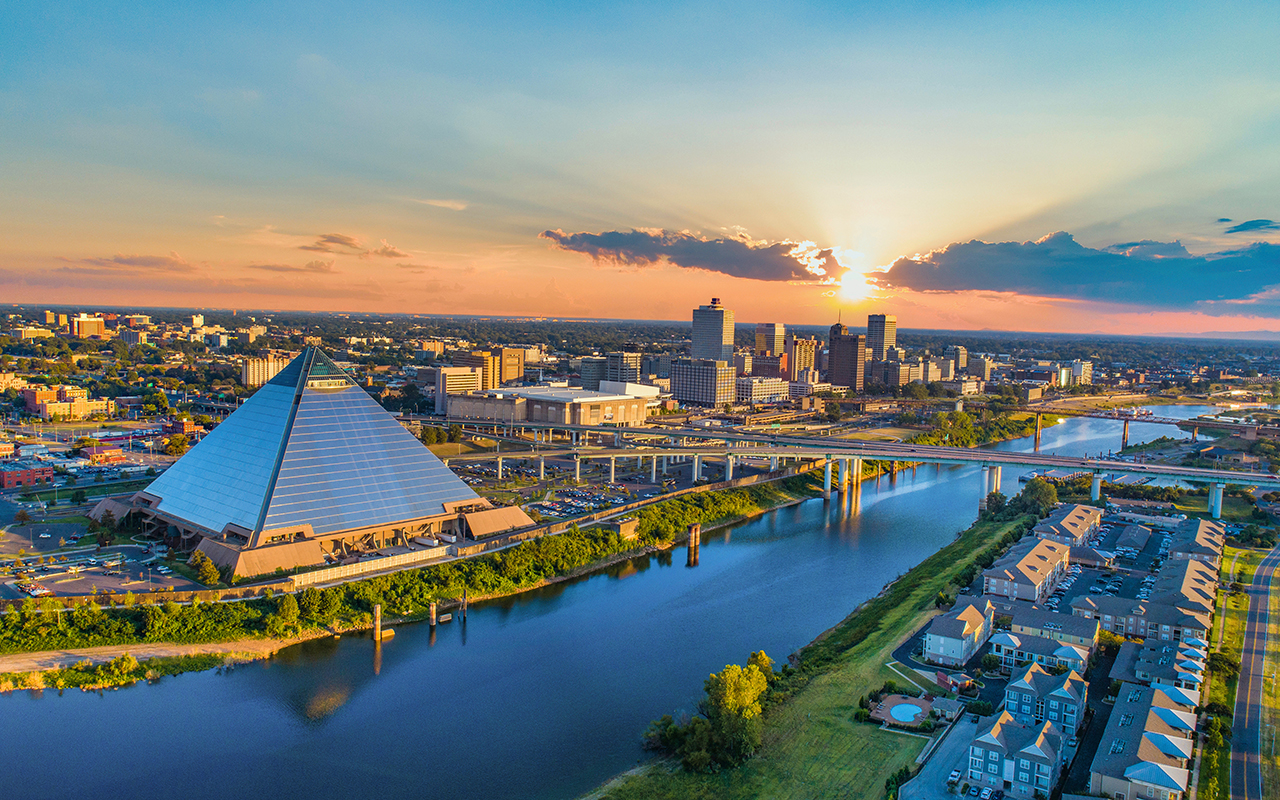
The Mississippi River is not just beautiful, but also an integral part of the American way of life. Over the years, this river has helped to shape the border of states, transport goods throughout the country and help people travel hundreds of miles. Still today, the Mighty Mississippi carries tons of goods along its channels. While people aren’t as likely to use it as a passage for travel, many still take leisurely steam or paddle boat trips along the river.
Yellowstone River
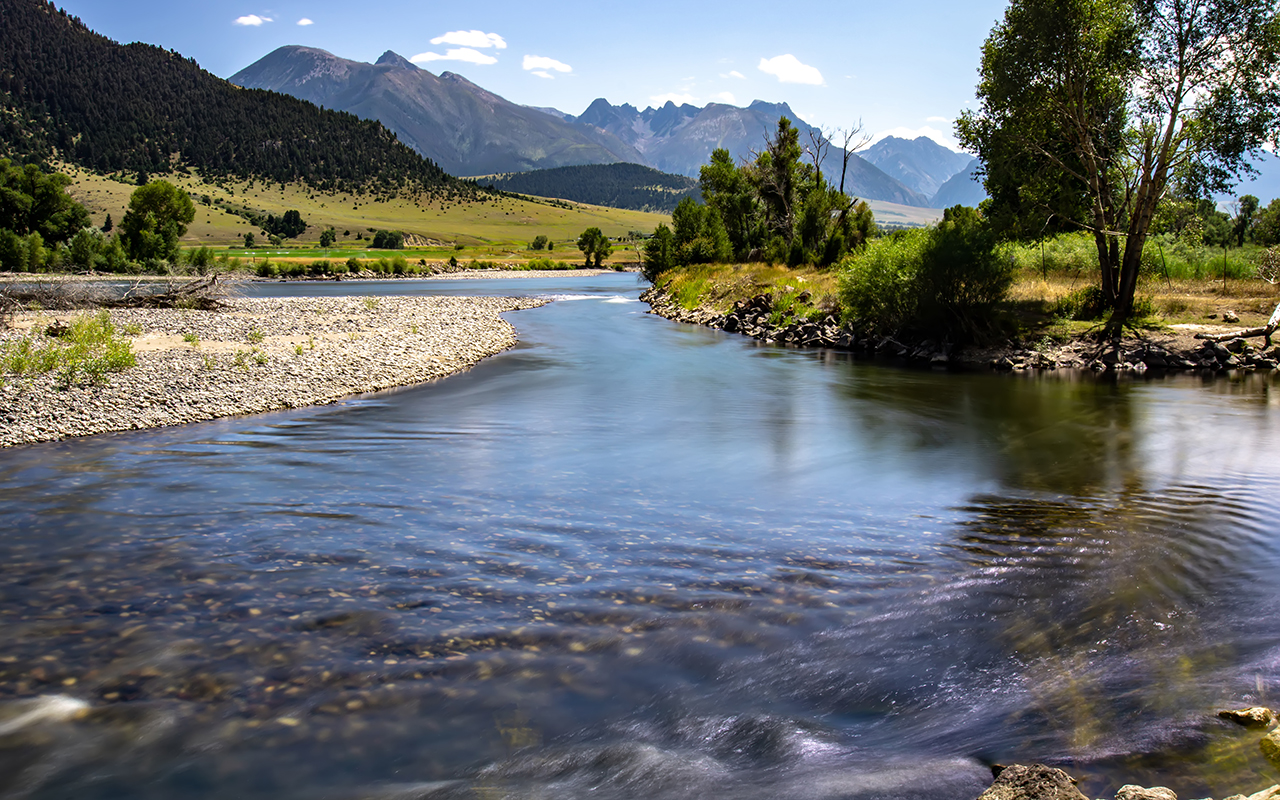
Wyoming’s Absaroka Range is where you will find the headwaters of the Yellowstone River. It flows through Yellowstone National Park, Yellowstone Lake, and the Grand Canyon before becoming a tributary to the Missouri River. It is known for being the longest free-flowing river in the lower 48 states.
Ohio River
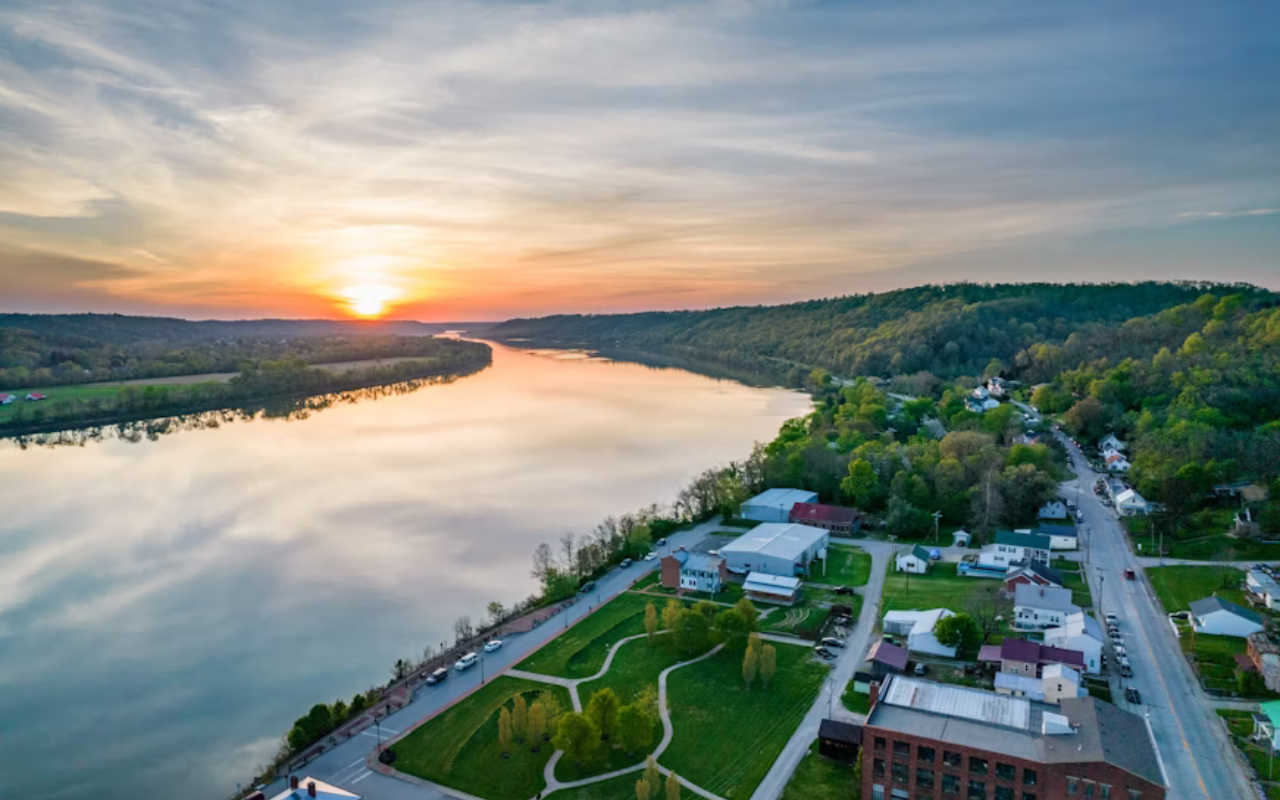
The Ohio River is almost 1,000 miles long and flows from Pennsylvania until it drains into the Mississippi River, where it is the largest tributary. It helps form the boundaries of five states, including Ohio. Its scenic views are a backdrop for many festivals, sporting events, and other outdoor recreation.
Little Warrior River
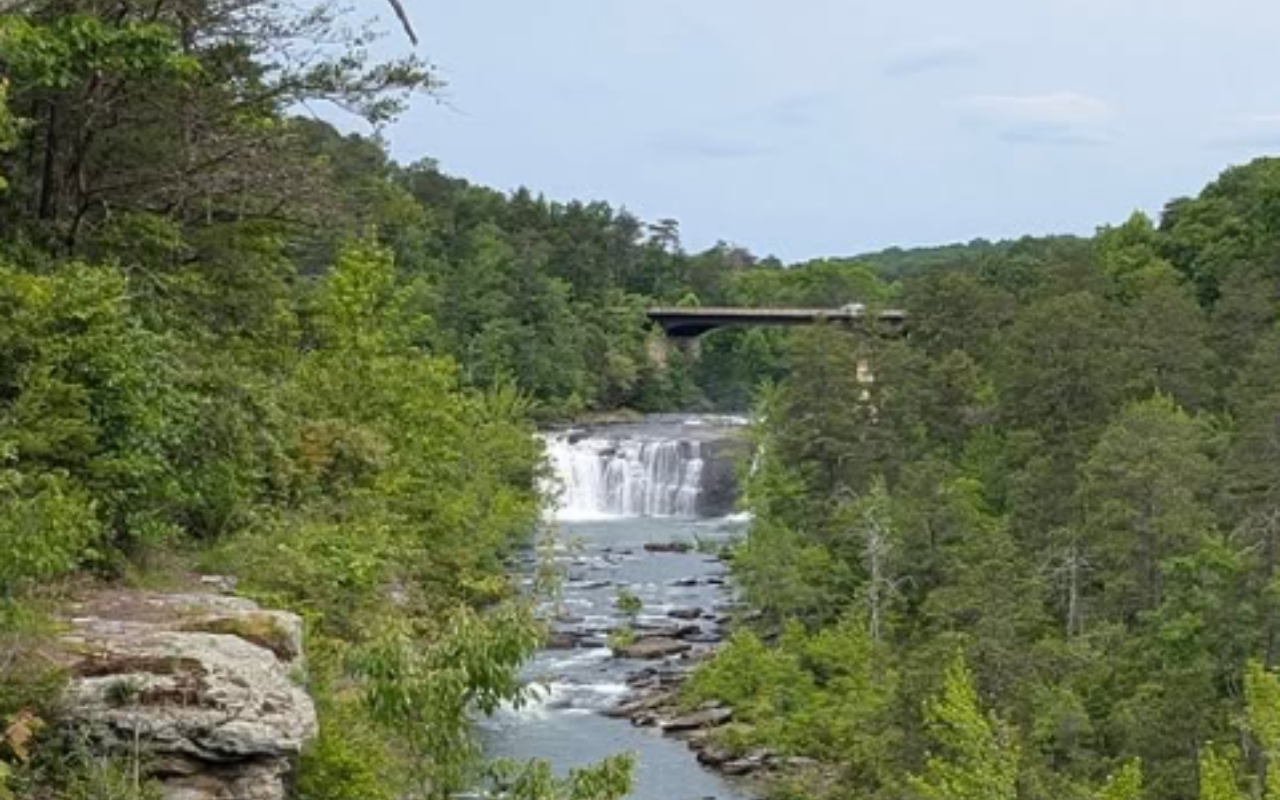
The Little Warrior River stretches approximately seven miles through Blount County, Alabama. It serves as a tributary to the Locust Fork, which is part of the Black Warrior River system. This river originates near the town of Locust Fork, where the Calvert Prong and Blackburn Fork merge. The area is noted for its charming wooden covered bridges, which add to the region’s scenic appeal.
Buffalo River
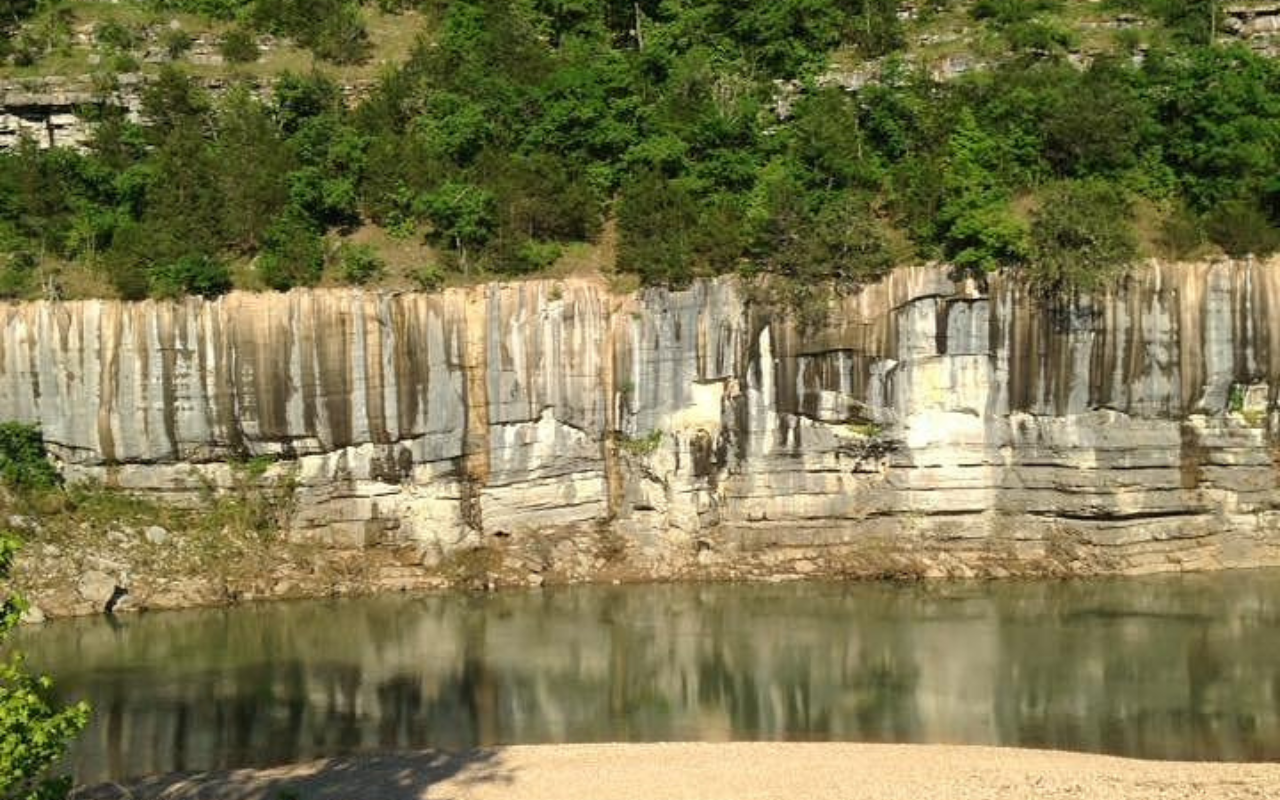
America’s first National River is the Buffalo River. It is located in Arkansas in the heart of the Ozark Mountains. Since it is land that is protected under federal law, wildlife is allowed to flourish there. Don’t be surprised to see animals like eagles, elk, and even bears.
James River
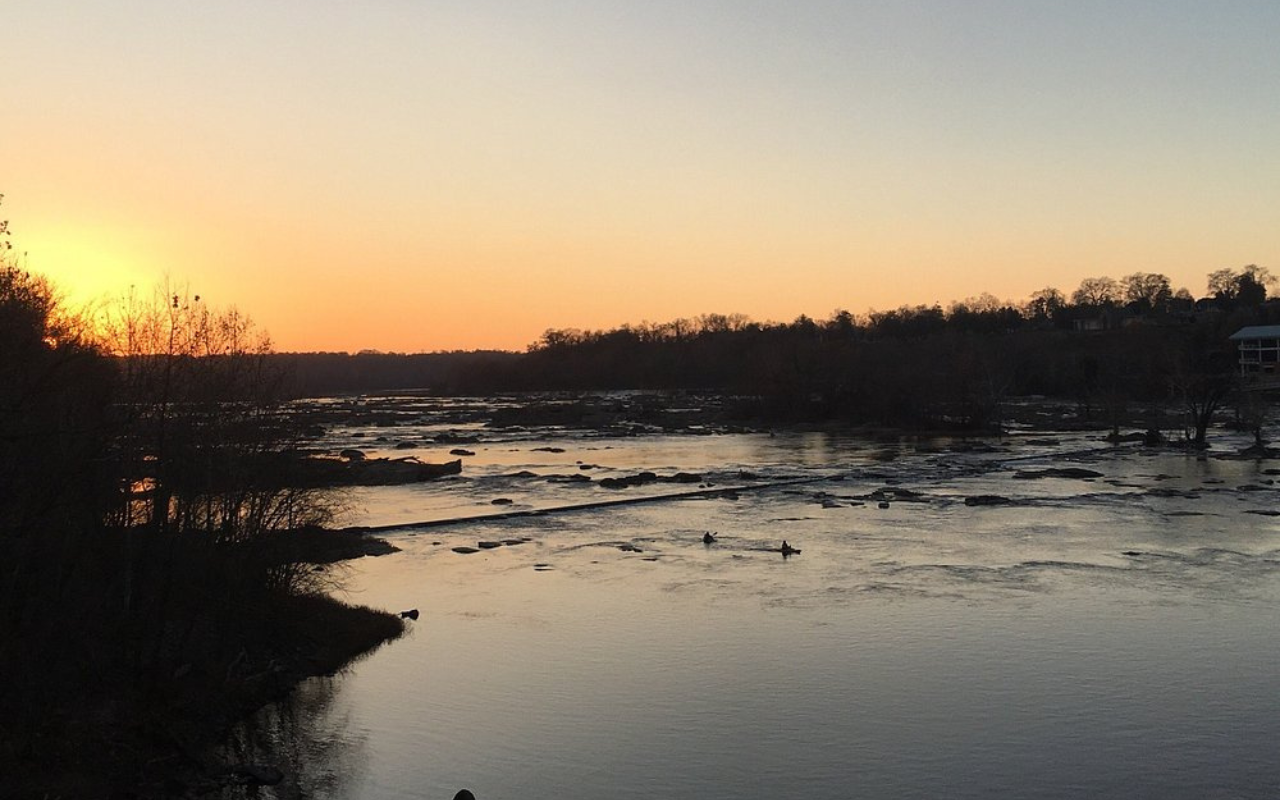
The first English settlement in the New World was Jamestown, nestled along the James River. It continued to play a significant part in American history, seeing several Civil War battles. The river is 340 miles long and empties into Chesapeake Bay. Today, it is mostly used for commerce and recreation.
Deschutes River
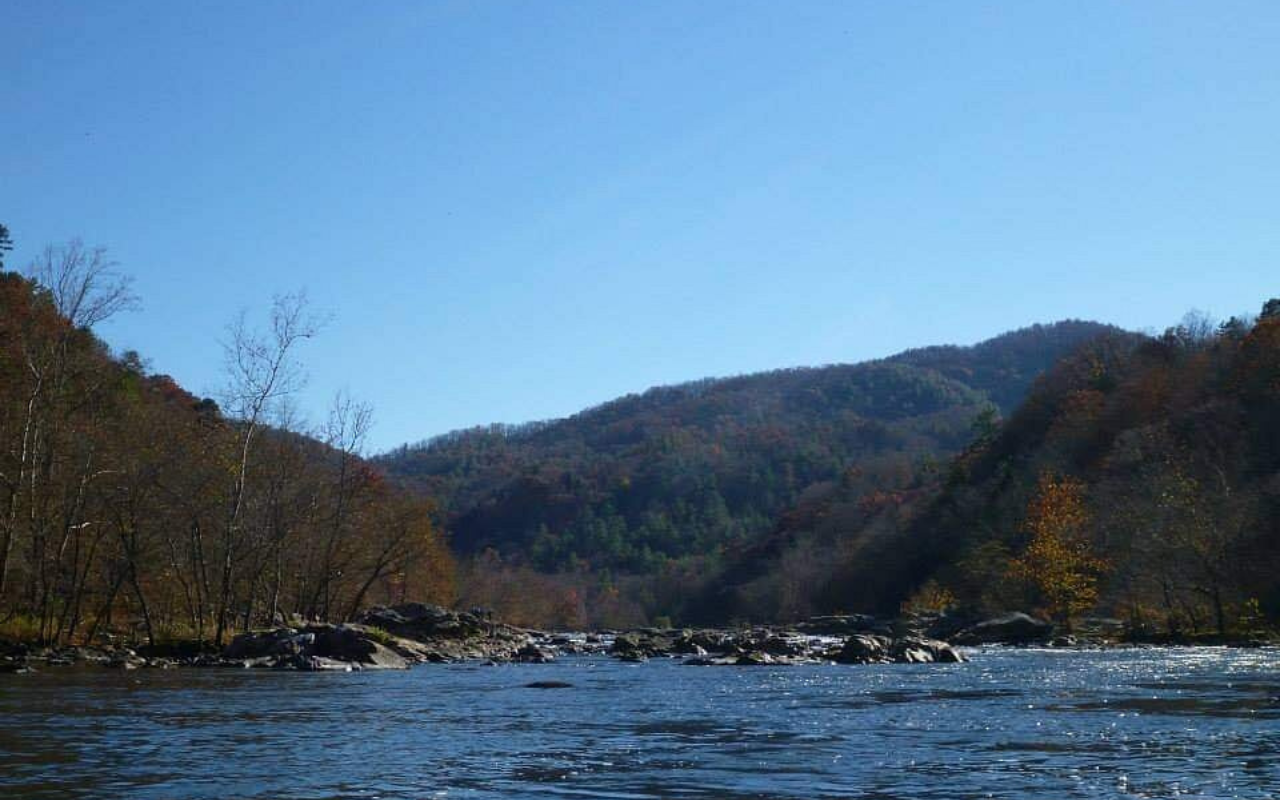
Swimming, tubing, white water rafting, and fishing are all popular along the Deschutes River in Oregon. Another glacier-fed river, its waters run a sparkling sapphire hue, and the surrounding nature makes it absolutely picturesque.
Upper Delaware River
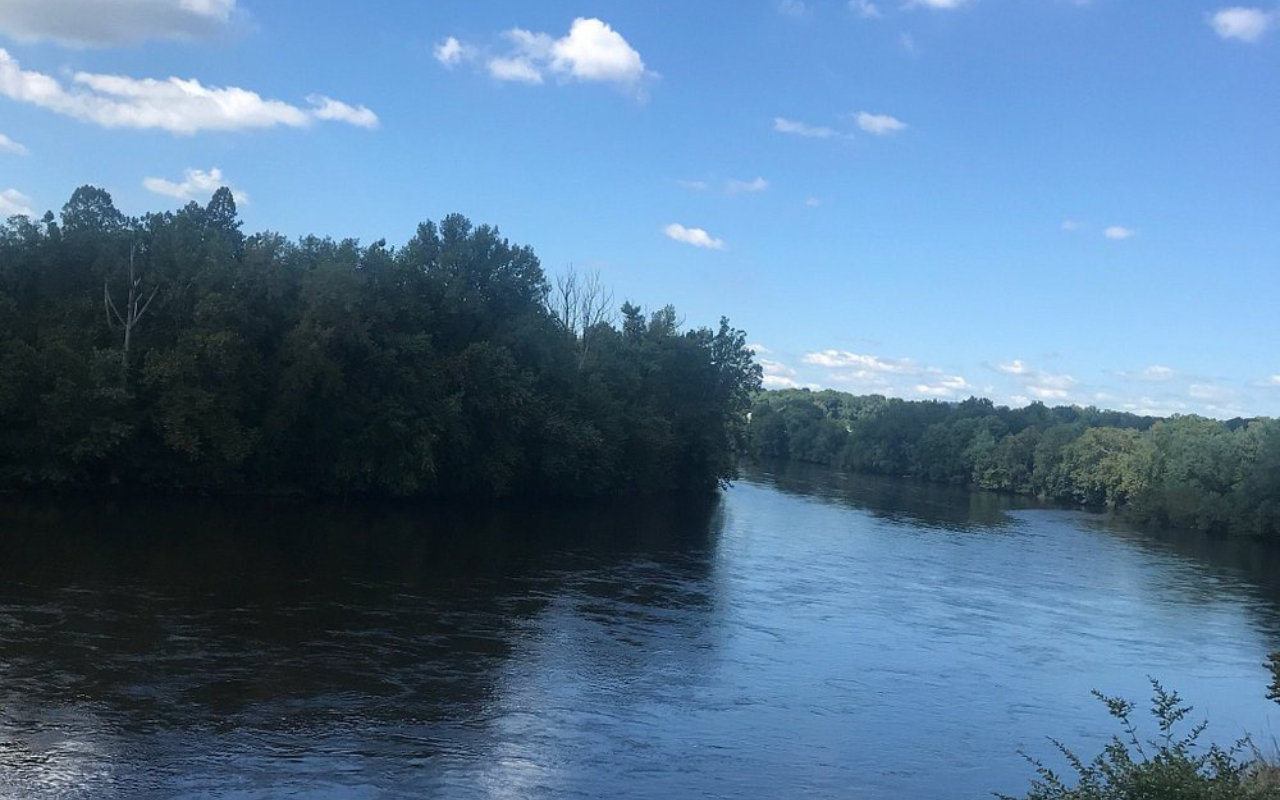
Some rivers are more than just beautiful. The Upper Delaware River serves a dual purpose in supplying water to millions of people and providing a safe habitat for wildlife. On a visit there, you might see deer, bald eagles, and osprey.
Tennessee River
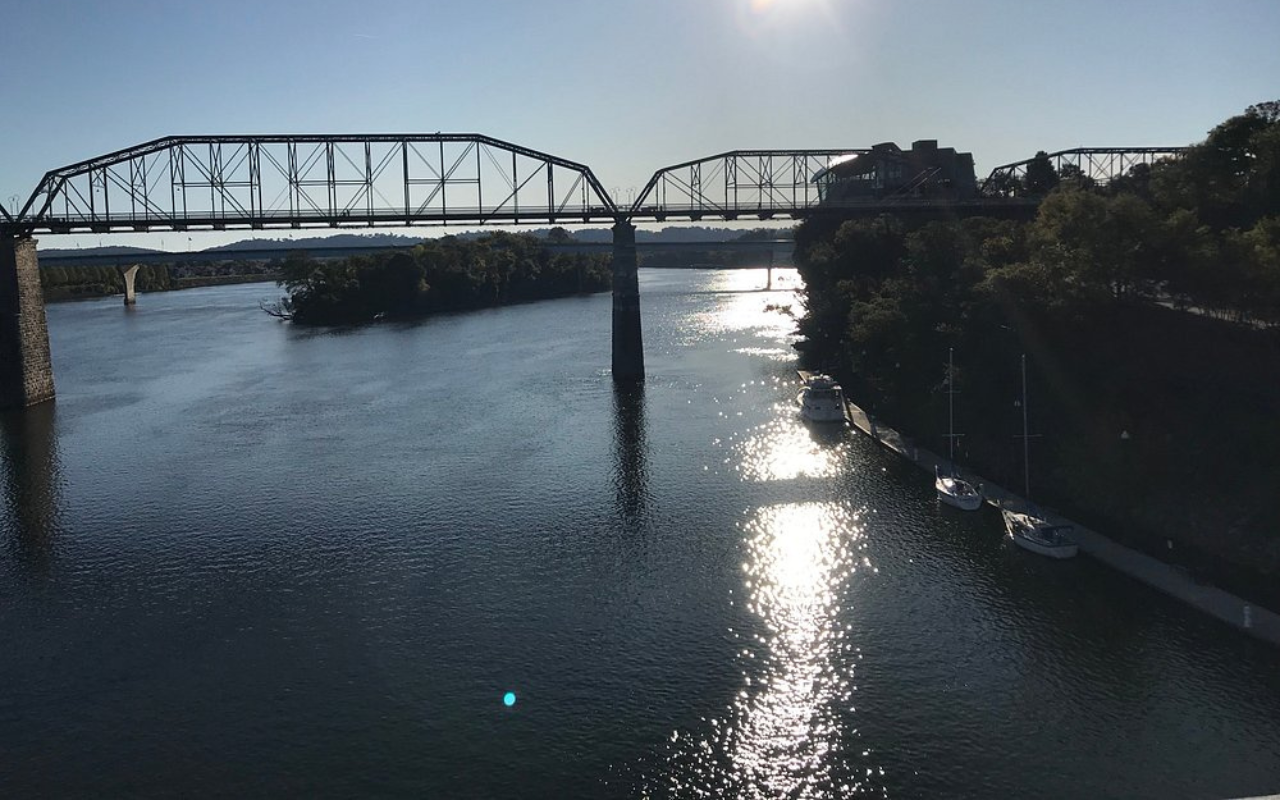
The powerful Tennessee River is controlled by several dams and reservoirs and is even used for hydropower. It flows for almost 900 miles before it is absorbed by the Ohio River. Hunting, fishing, and all types of outdoor sports flourish alongside the Tennessee River.
Hanalei River
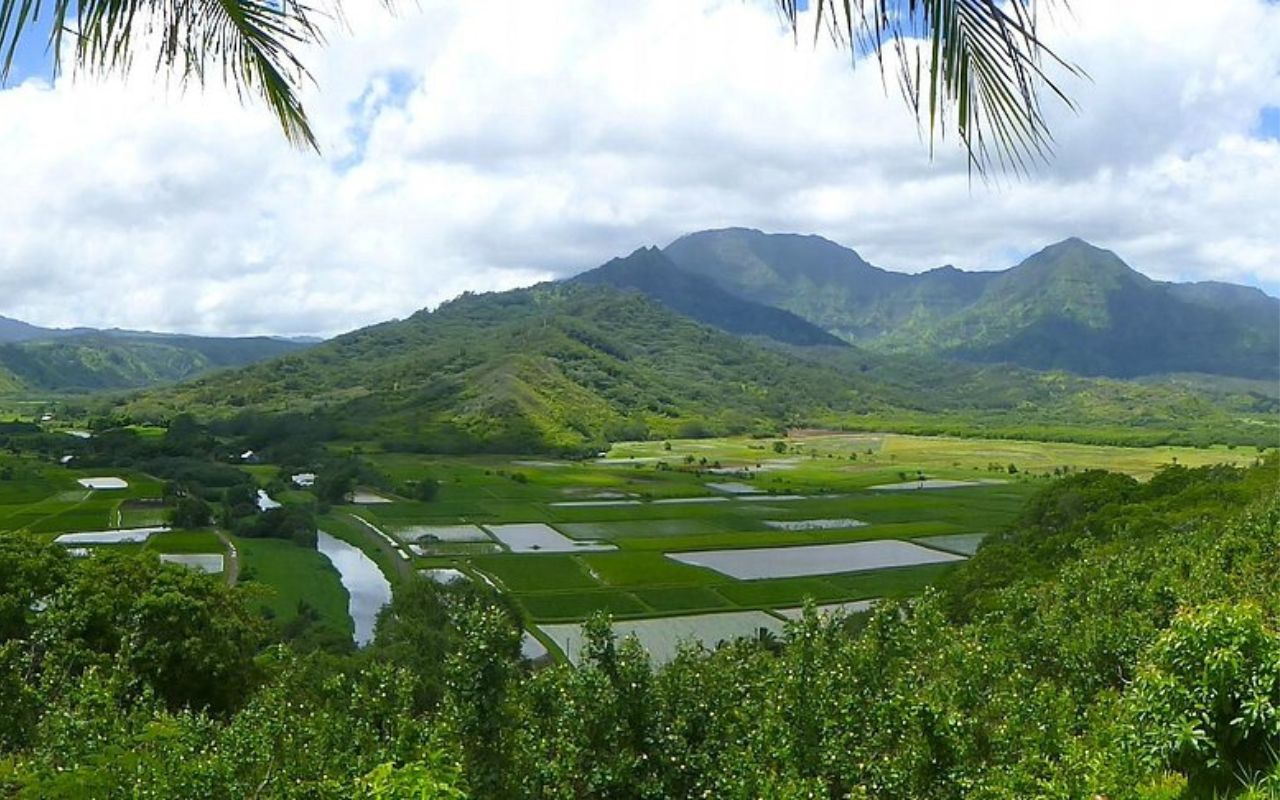
The Hanalei River is a Hawaiian river that empties into the Pacific Ocean off the island of Kauai. What makes this river unique is its breathtaking surroundings filled with taro fields, pastureland, wilderness, and the majesty of Mount Waiʻaleʻale.
Snake River
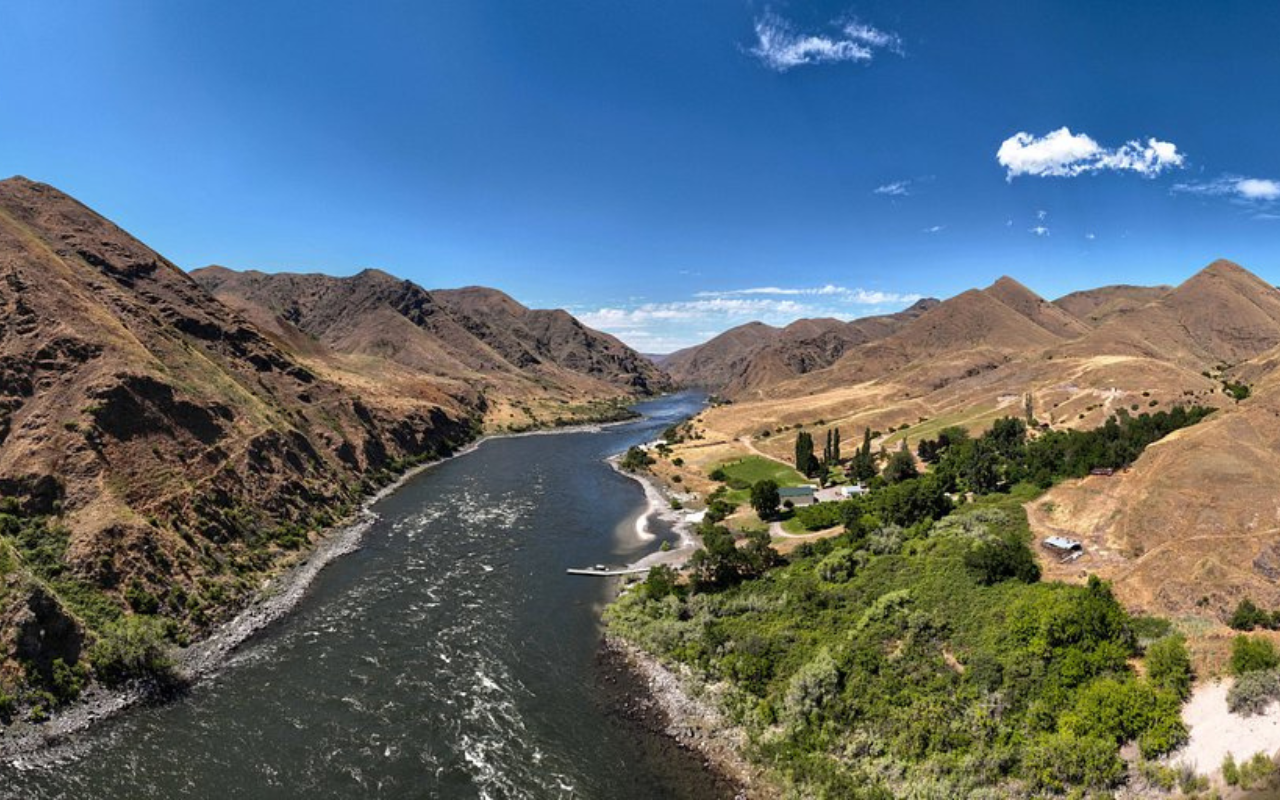
The Snake River is more than 1,000 miles long. Although it is still a beautiful river, it has been damaged by controversial hydropower dams. It was once known for its wild salmon and steelhead, but those species are all but extinct from the river now.
Niobrara River
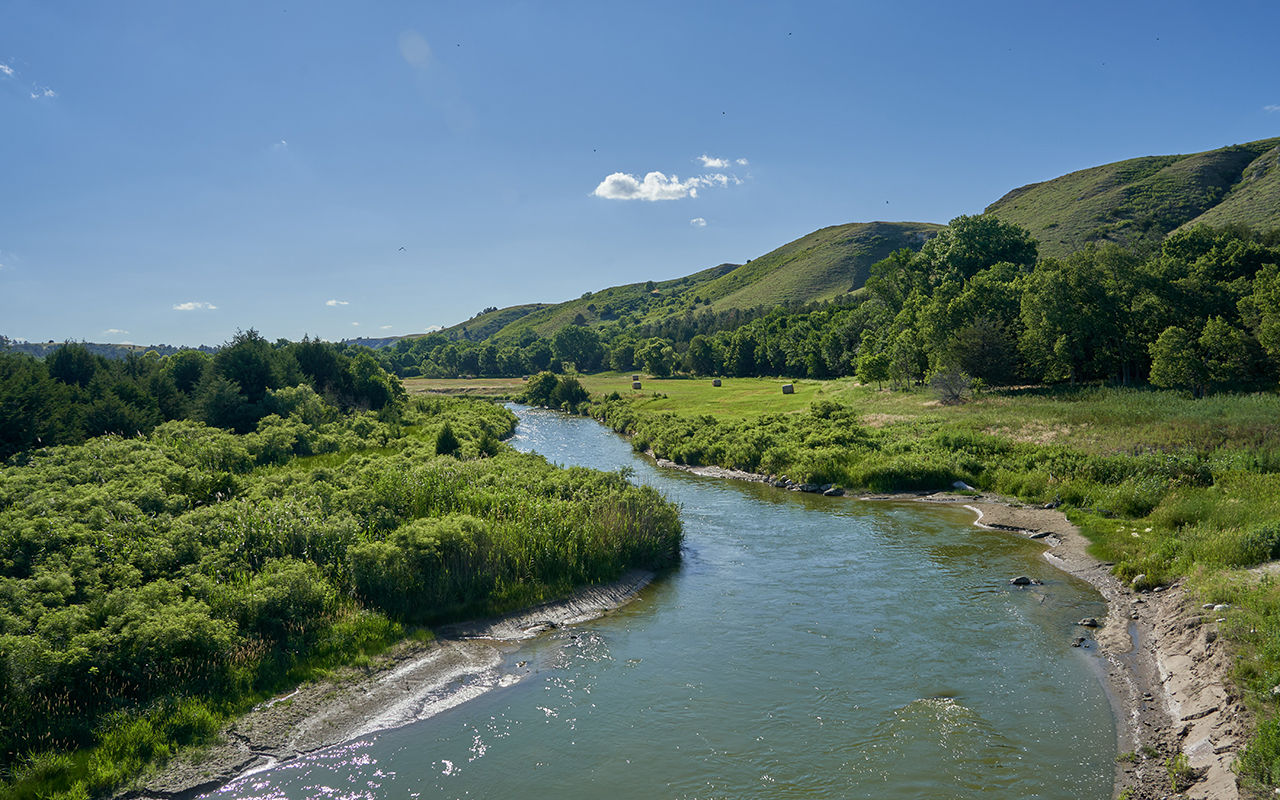
One of Nebraska’s great rivers is the Niobrara River, a tributary of the Missouri River. Its headwaters are in South Dakota at the state line. It is a National Scenic River and hosts six distinct ecosystems. There is plenty of river recreation and scenic views of cliffs and rock formations.
Merced River
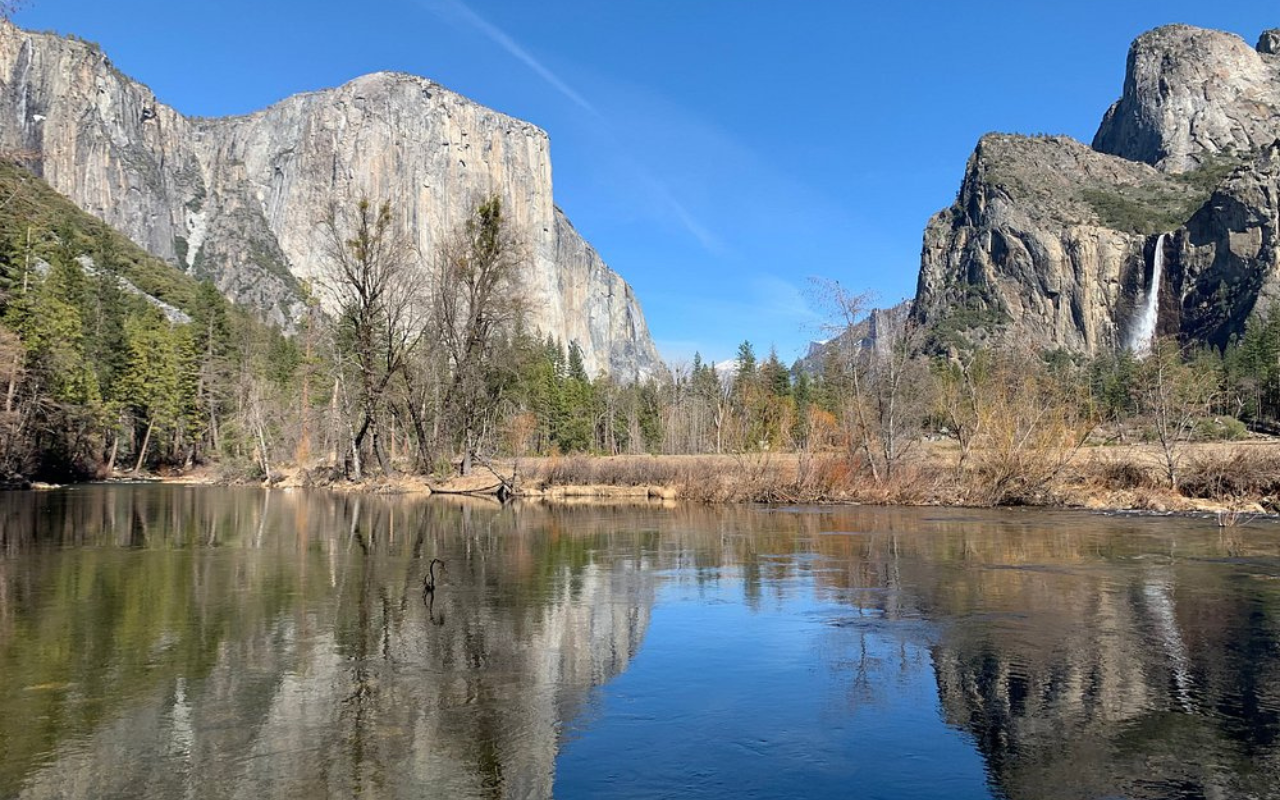
California’s Merced River has been allowed to flourish as an untouched wilderness because it flows through mostly protected lands, including Yosemite National Park. The river is popular among outdoor enthusiasts, especially those who enjoy white water rafting and kayaking.
Tallulah River
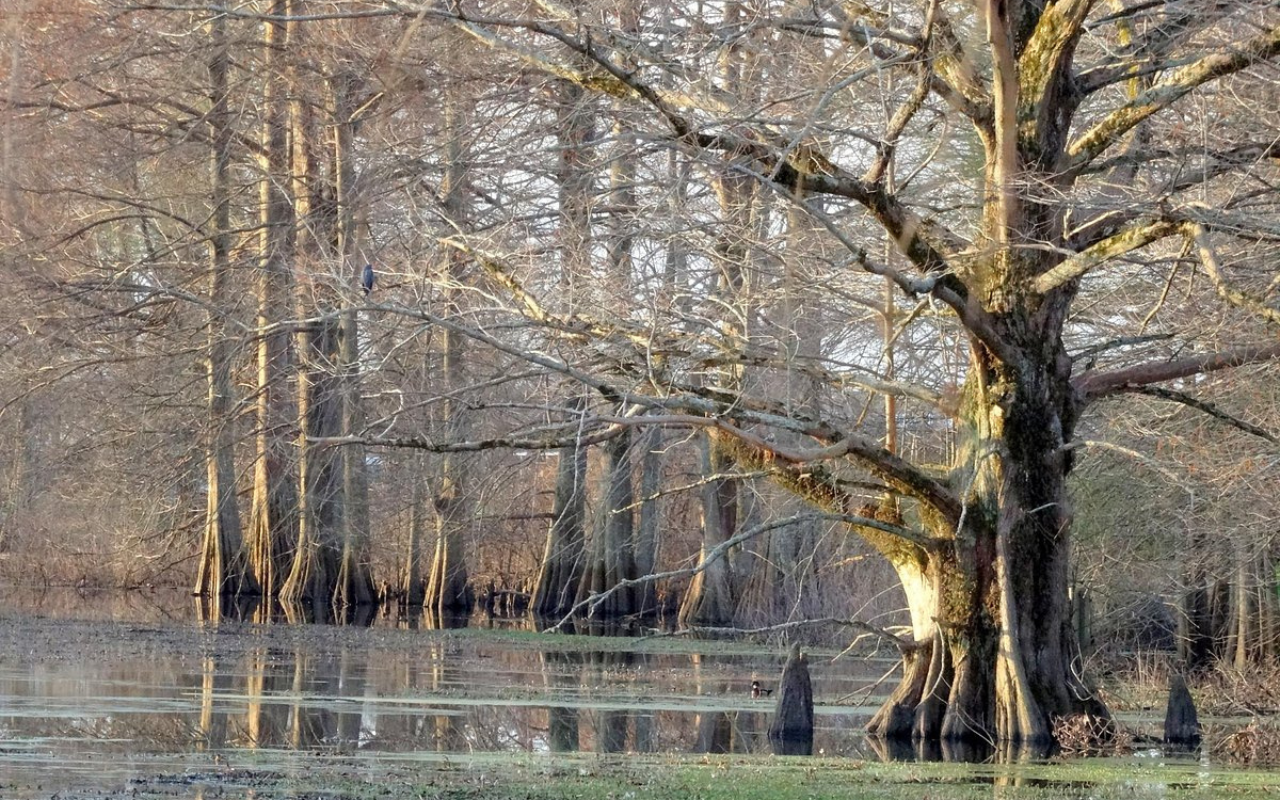
Lake Tugalo is formed by three rivers: the Tallulah, the Tugaloo, and the Chattooga. The most scenic of these rivers is the Tallulah River, which, although short, has amazing waterfalls. Tallulah Falls in northeastern Georgia is worth a trip to see.
Flathead River
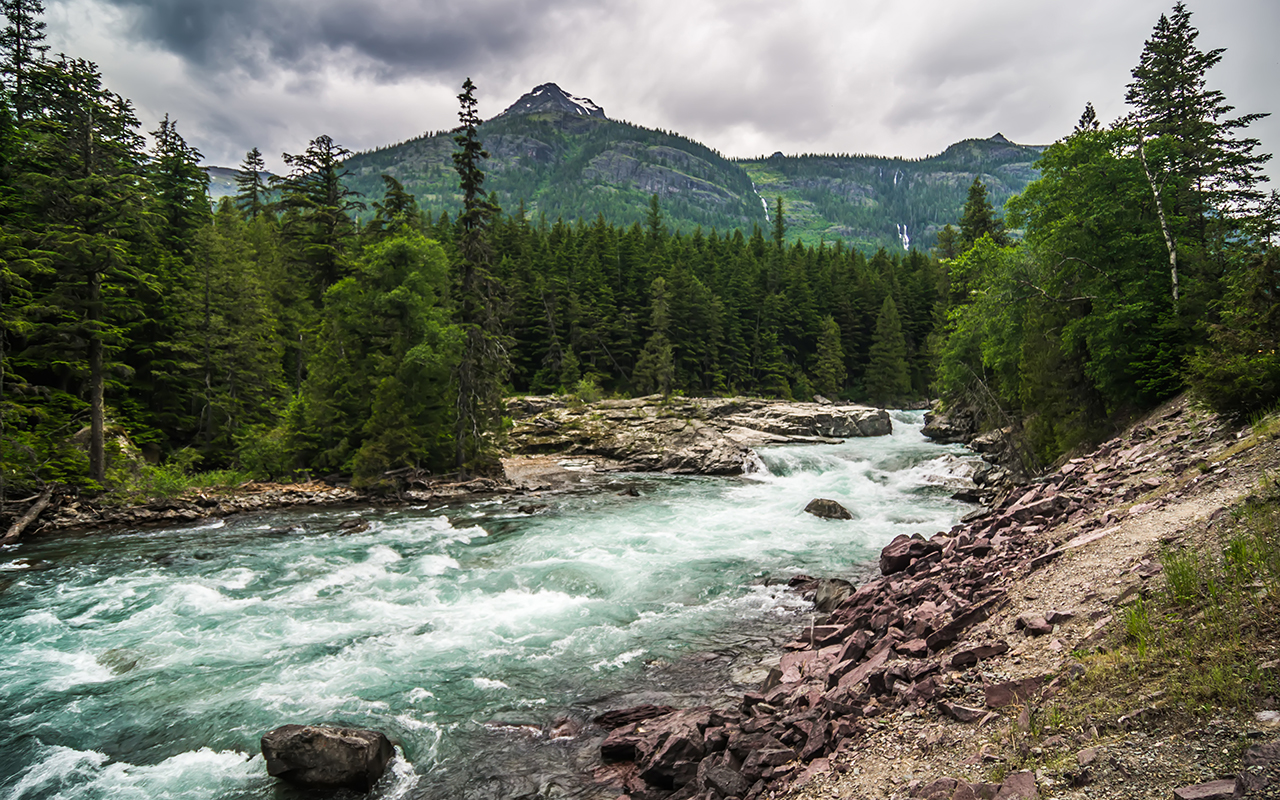
The Flathead River springs to life in the mountains of Canada before flowing through the northwestern U.S. and draining into the Clark Fork in Montana. The 240-mile-long river is home to the largest Grizzly bear population in North America.
Animas River
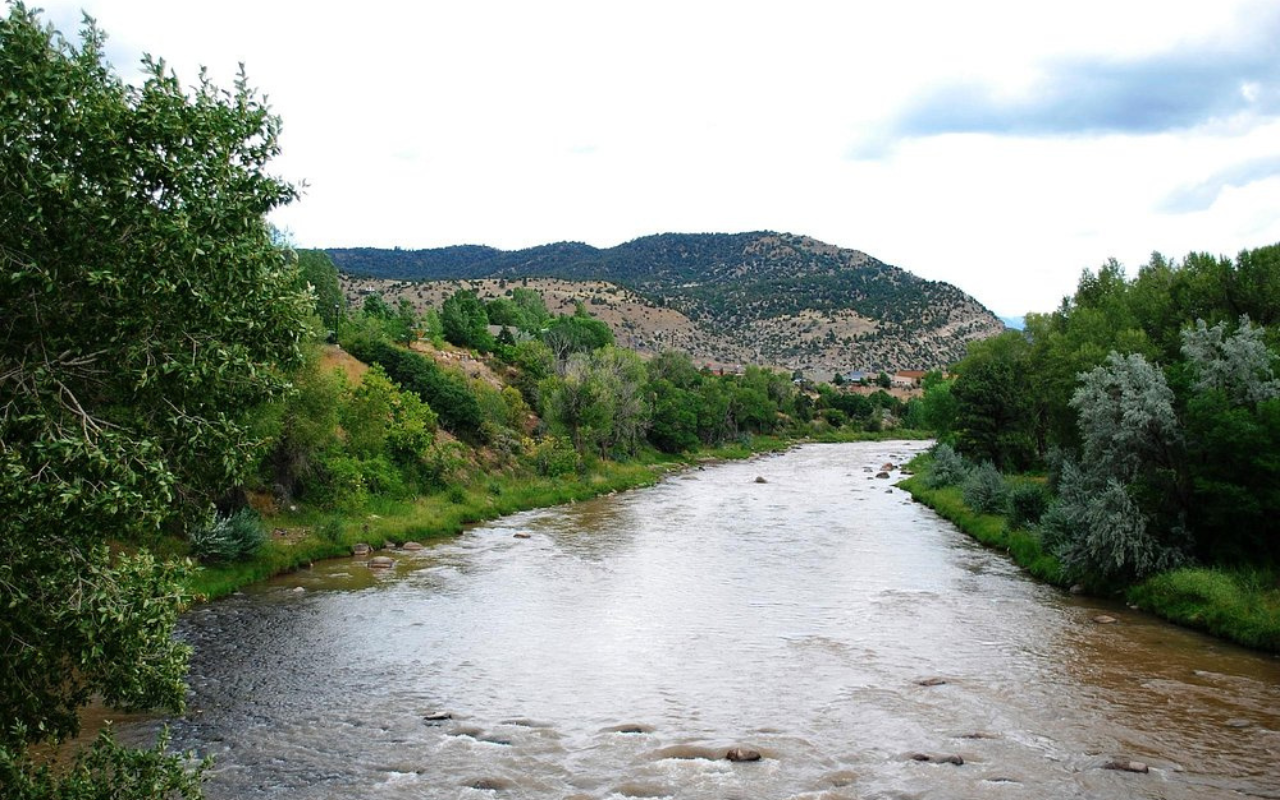
If deep gorges and spectacular cliffs are your thing, check out the Animas River. Travelling through the San Juan Mountains in Colorado, it features amazing views of mountains, valleys, and rugged pine-covered slopes.
Muskingum River
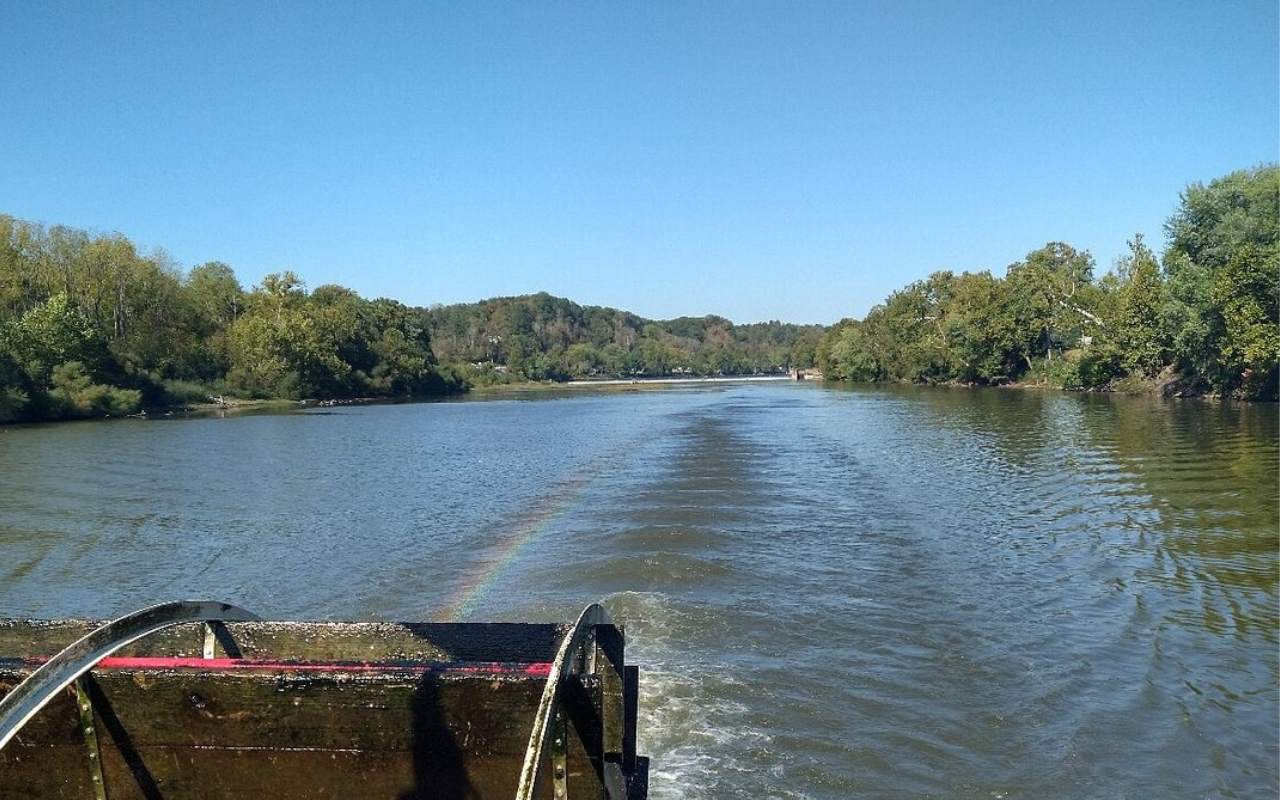
The Muskingum River in southeastern Ohio is about 100 miles long and once played an important role in commerce as a tributary of the Ohio River. Lush wilderness and farmlands decorate its banks with peeks at the Appalachian foothills in the distance.
Boise River
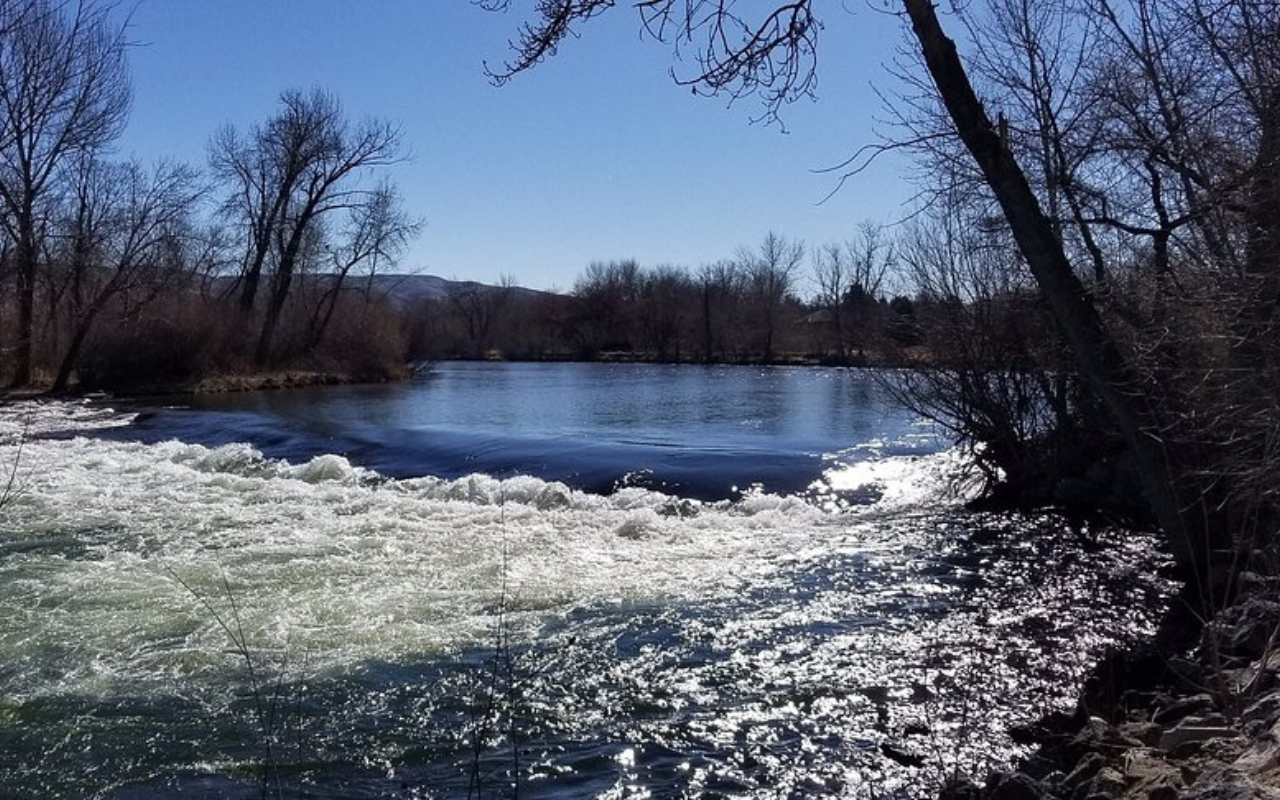
The Boise River Greenbelt is a 25-mile-long urban park and wildlife habitat built up along the banks of the Boise River. It is one of the most distinct features of Treasure Valley and is beautifully hidden in the Boise Mountains.
Colorado River
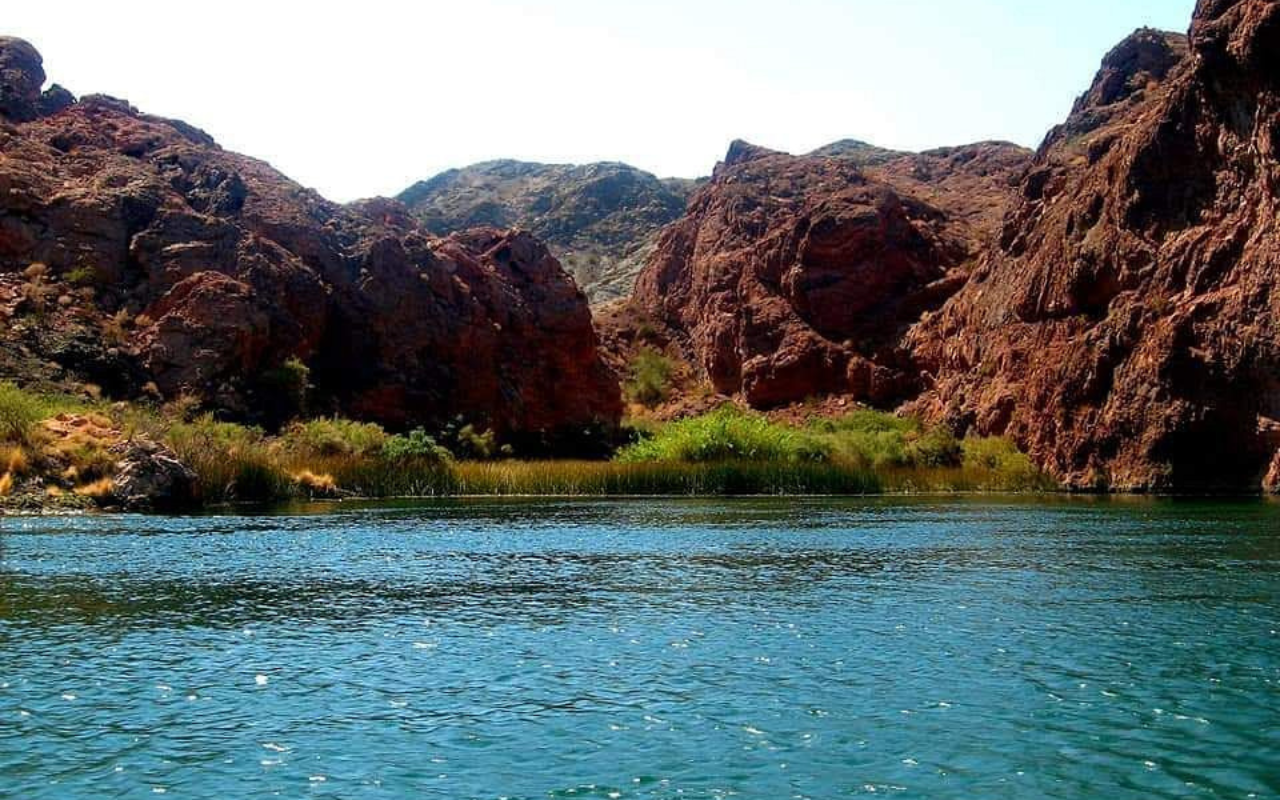
The Colorado River runs 1,450 miles from the Rocky Mountains in Colorado to the Gulf of Mexico in California. The more than five-million-year-old river runs through seven modern states and is the subject of countless photographs and artworks.
Crooked River
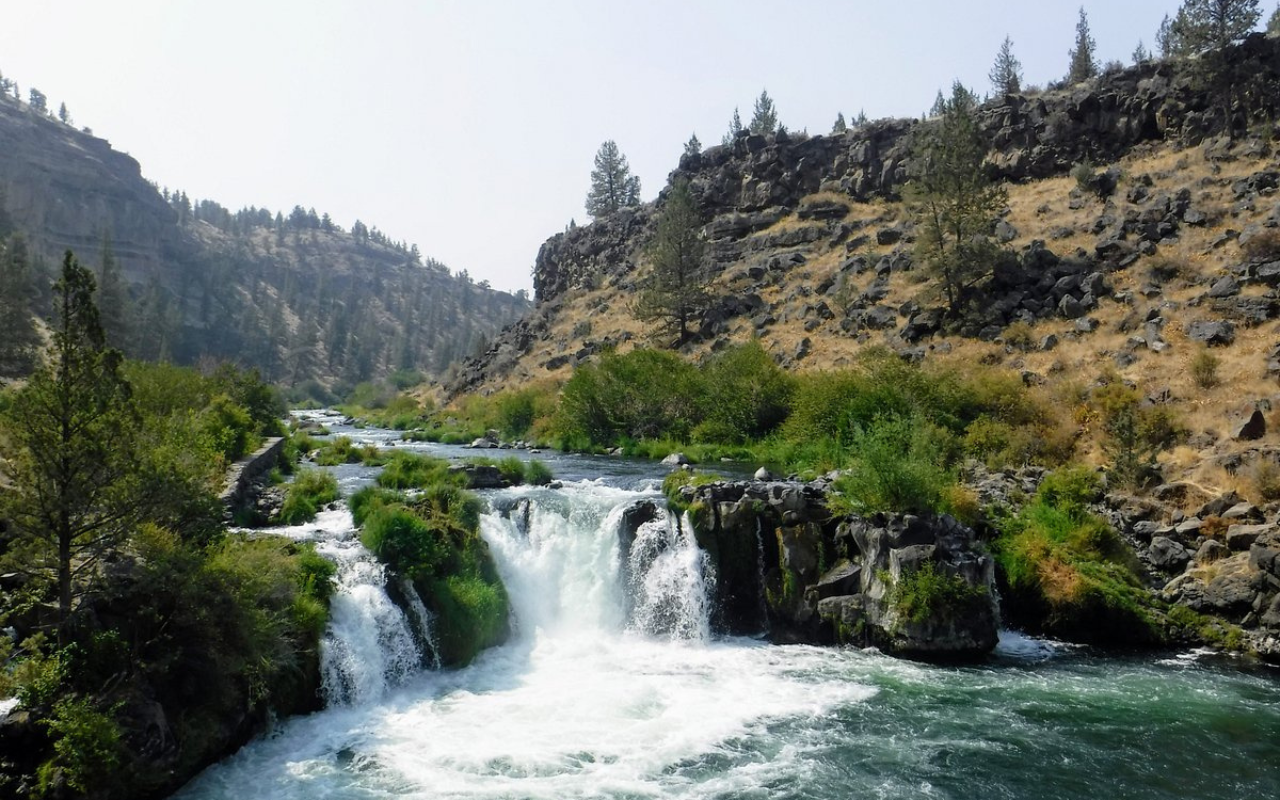
A tributary of the Deschutes River, Oregon’s Crooked River is 125 miles long. It supports fishing and outdoorsmanship, and is popular for a type of rainbow trout native to the region called redband trout. One of the river’s most scenic areas is near the jagged peaks of Smith Rock.
Skagit River
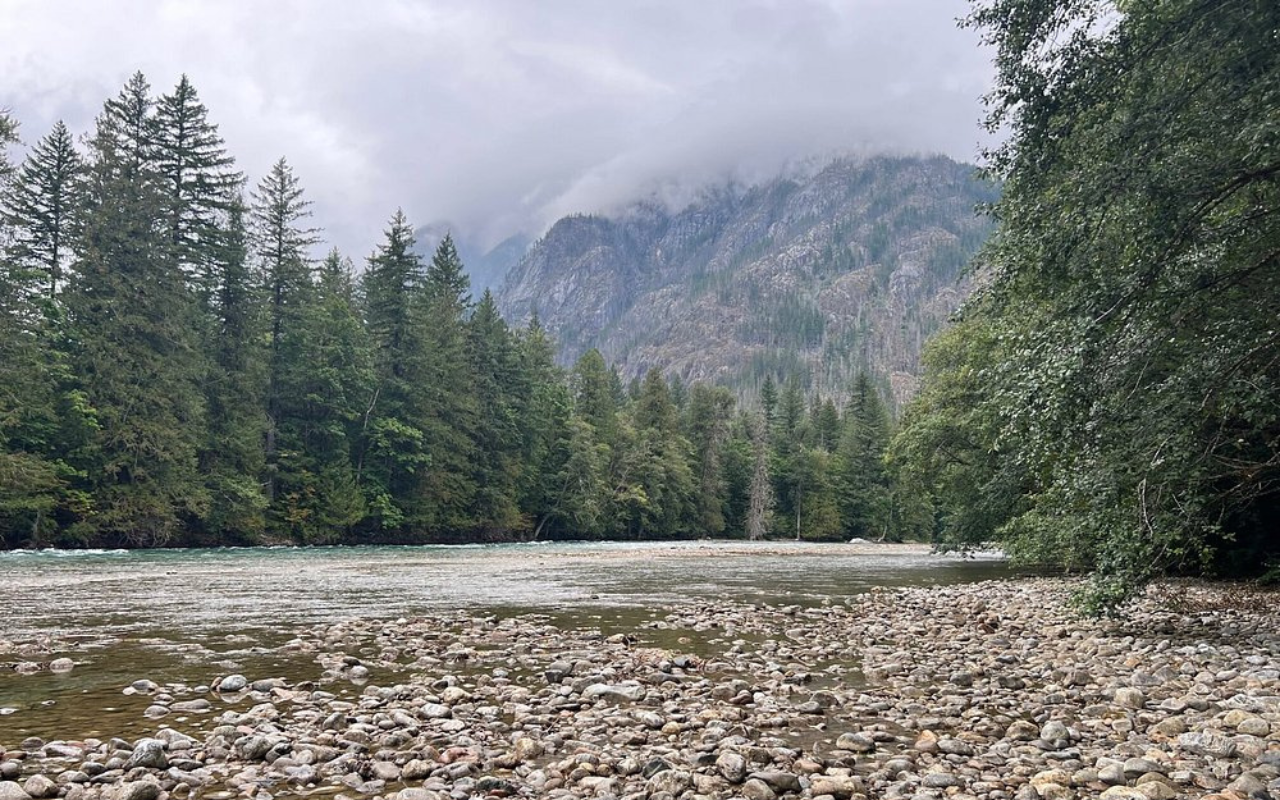
Conway, Washington, is where you will find the most picturesque part of the Skagit River. Flowing out of Canada, the river eventually ends in Skagit Bay. The area is a refuge for all kinds of wildlife, especially birds like bald eagles and migratory flocks.
Columbia River
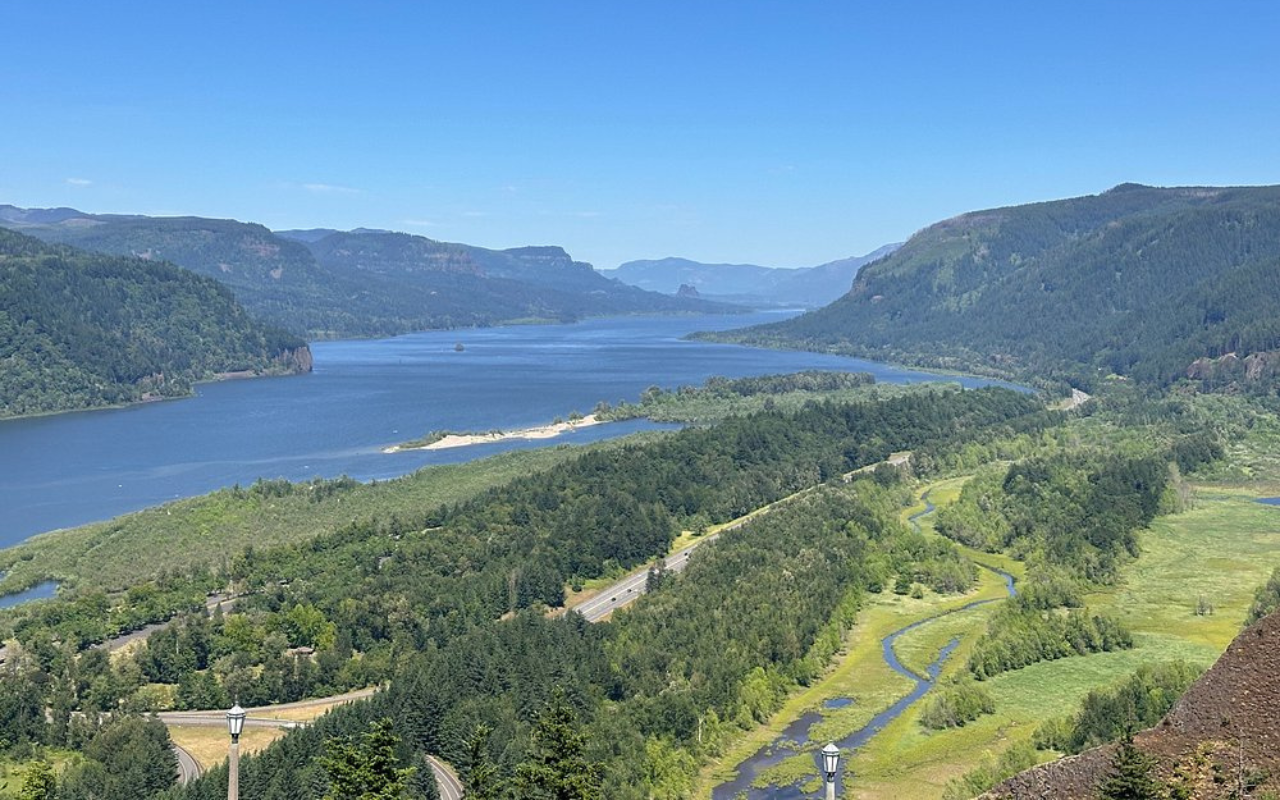
The largest river flowing into the Pacific Ocean from North America is the Columbia River. It is 1,240 miles long and covers more than a quarter of a million square miles of land, traveling down the west coast of the U.S. from Canada. It makes up one-third of America’s hydropower.
Bighorn River
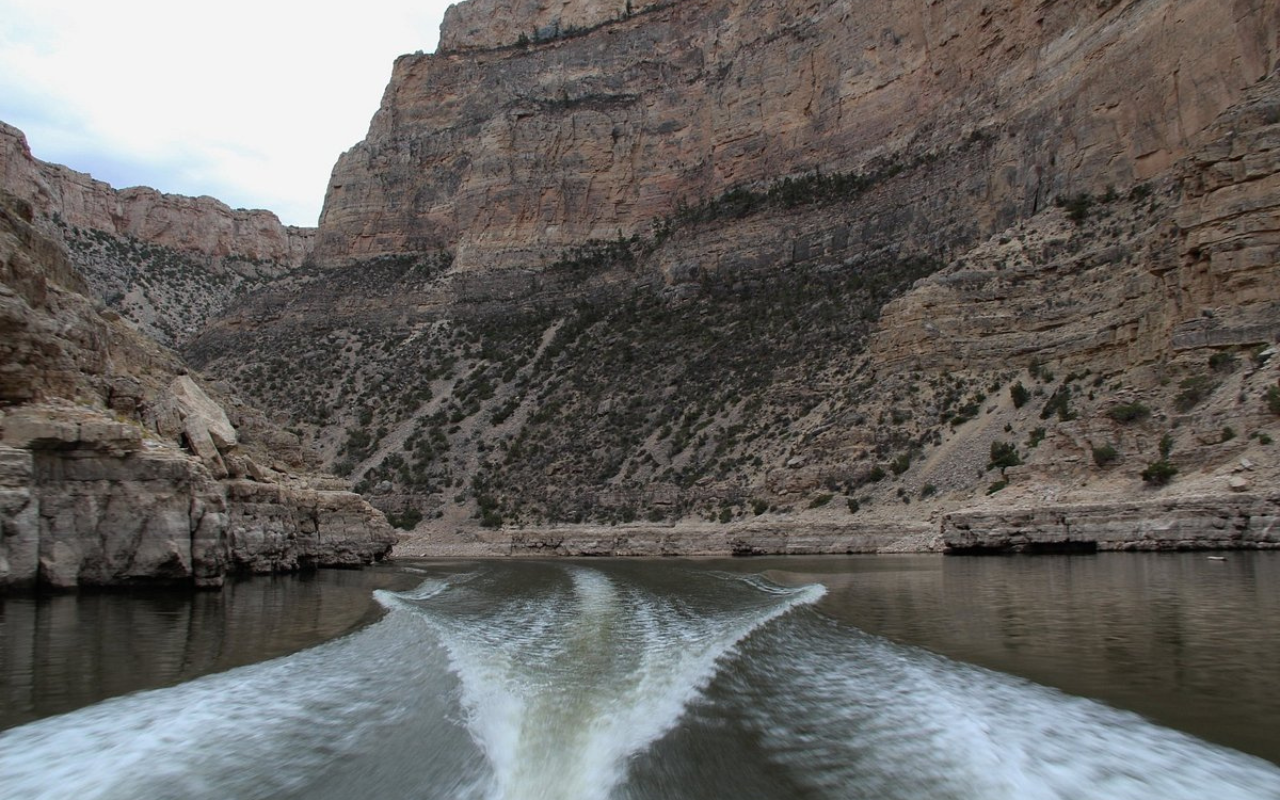
After a 460-mile journey from the Absaroka Mountains, the Bighorn River empties into the Yellowstone River in Bighorn, Montana. Its stretches of rushing river water make it ideal for white water rafters, while its crystal blue color makes it a photographer’s dream.
Klamath River
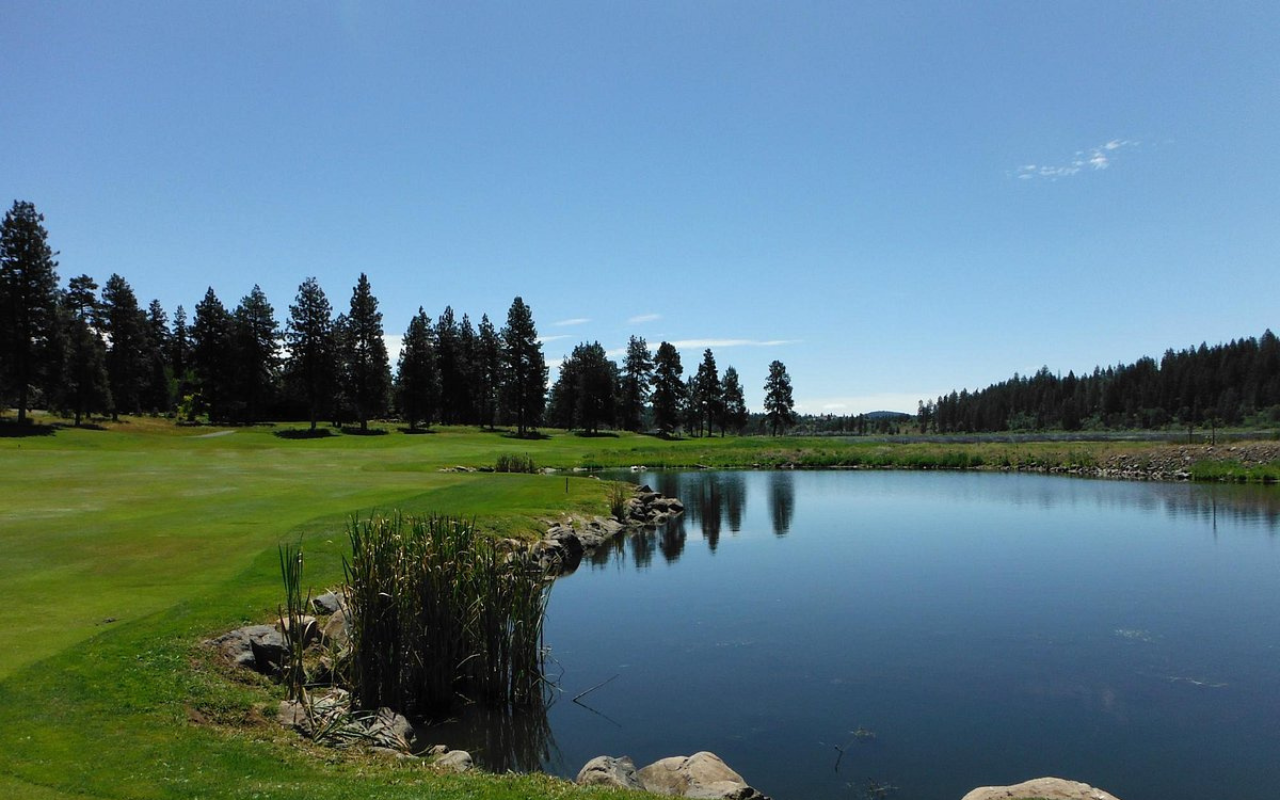
The Klamath River looks like it is literally being poured into the Pacific Ocean where the two meet. The river flows through some of the most beautiful parts of Oregon and California. Its banks have plenty of full green foliage and wildlife. Once a salmon fishing hub, its dams may be removed to help restore the trade.
Connecticut River
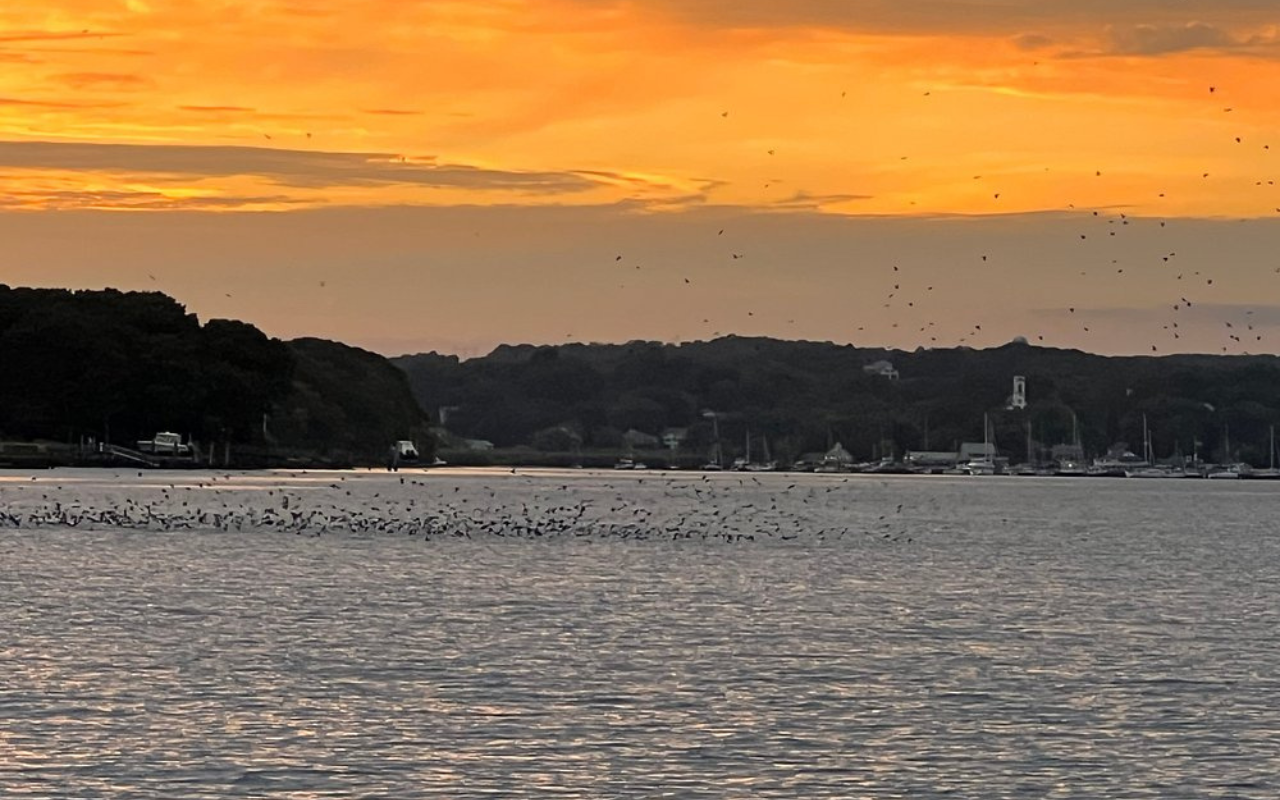
At around 400 miles long, the Connecticut River is the longest in New England, running through four states. Many communities were built along this river. It has provided irrigation, transportation, commercial opportunity, and power generation. Some of the river’s most beautiful spots are Bellows Falls and the Cornish-Windsor Covered Bridge.
New River
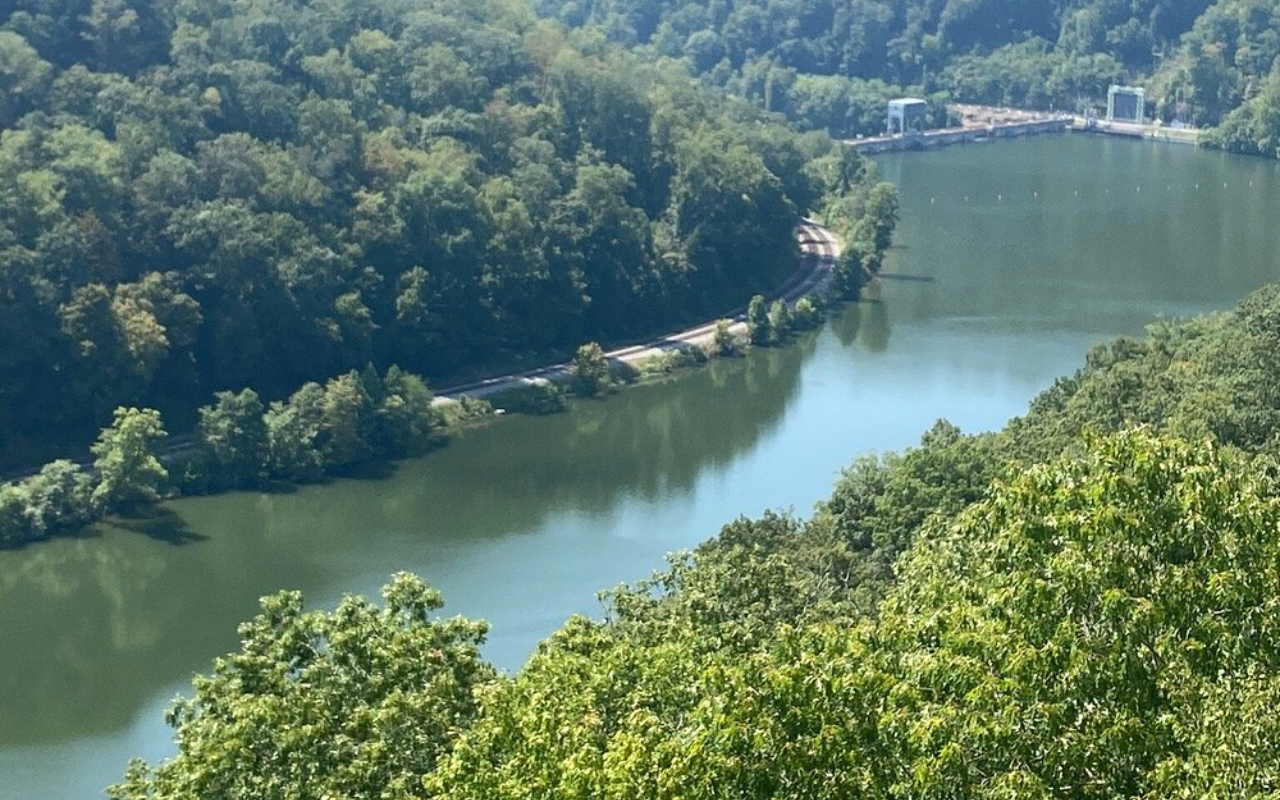
West Virginia, Virginia, and North Carolina are home to the New River. It is 360 miles long and is a tributary to the Kanawha River. Outdoor sports and white water rafting are popular on the river. Its most well-known spot is the New River Gorge. There are many trails with great look-out points at the New River Gorge National Park in West Virginia.
Provo River
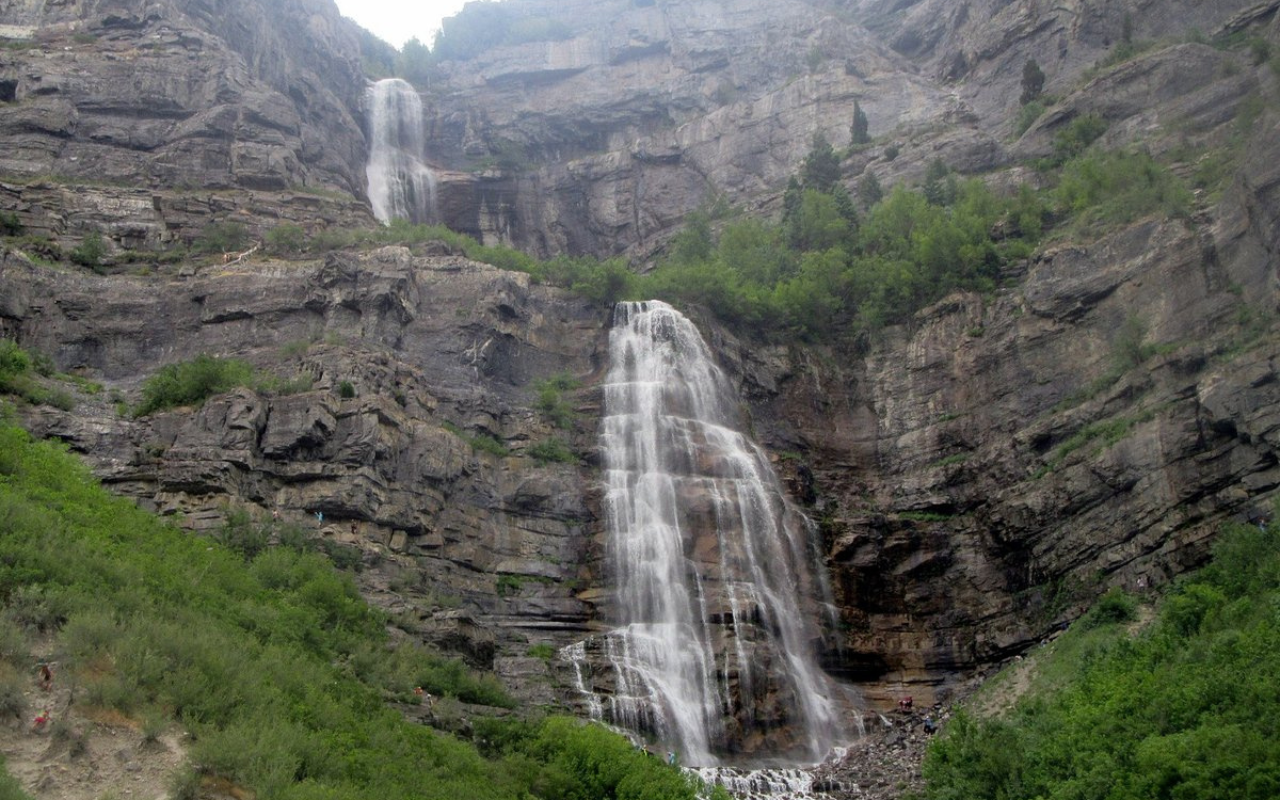
The Provo River is stunning, but what it is perhaps better known for is fishing. Fisherman come here to try their luck at an abundance of fish (nearly 3,000 per mile), which are mostly trout. The river runs along cottonwood groves and pasturelands, making its setting some of the most lovely nature has to offer.
For more travel tips and hacks, visit our website and explore our resources to enhance your next adventure.
